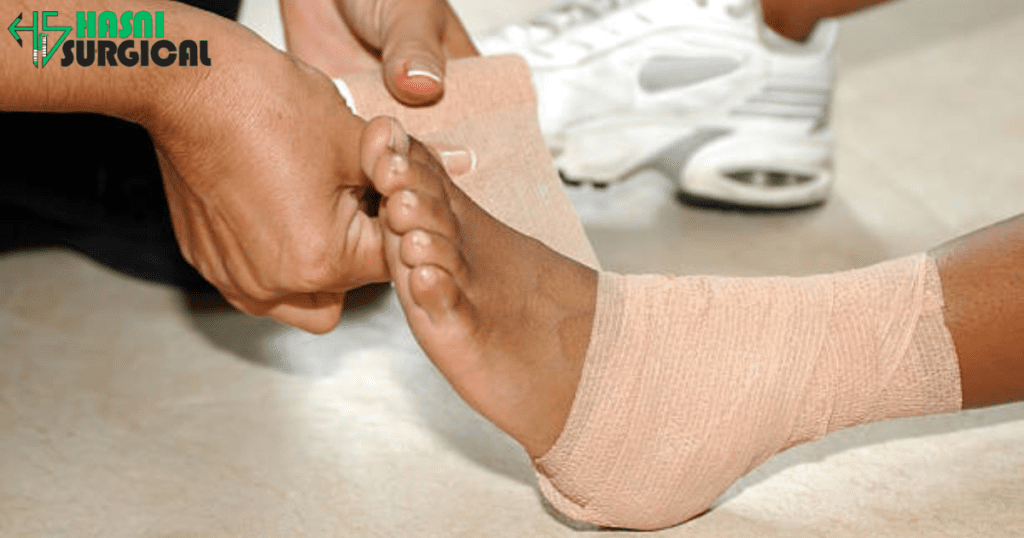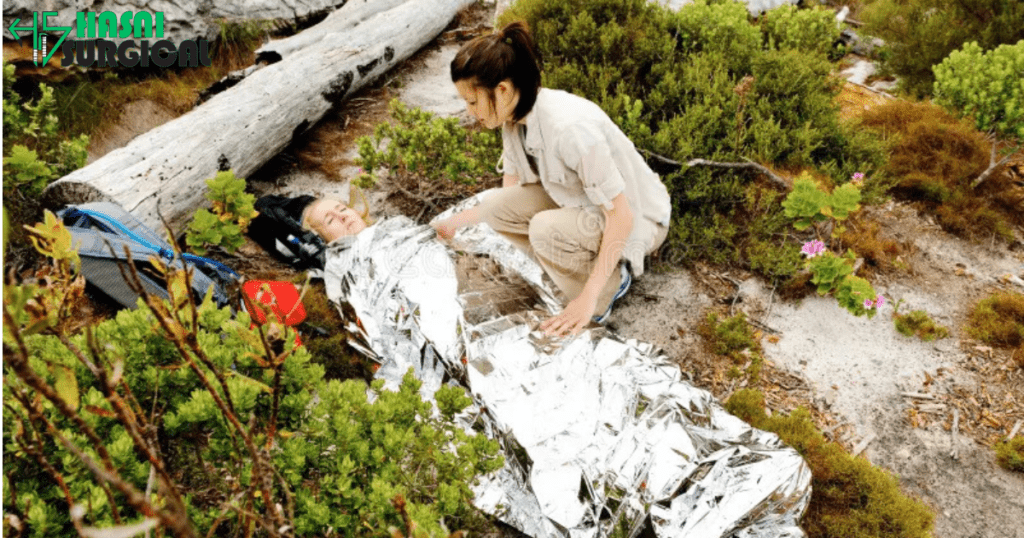First Aid Kit for Wellness: 10 Must-Have First Aid Kit Tips for Ultimate Wellness and Safety
December 17, 2024 2024-12-18 5:06First Aid Kit for Wellness: 10 Must-Have First Aid Kit Tips for Ultimate Wellness and Safety

First Aid Kit for Wellness: 10 Must-Have First Aid Kit Tips for Ultimate Wellness and Safety
In times of emergencies, a well-stocked first aid kit can be the difference between a minor incident and a critical situation. While many people understand the importance of having a first-aid kit, few take the time to assemble one tailored to their specific needs. A thoughtfully curated first-aid kit isn’t just a collection of bandages; it’s an essential wellness tool that ensures you’re prepared for unexpected injuries or health concerns.
This guide is a first aid checklist, which outlines all. In this first aid kit blog, you will learn about assembling a first-aid kit, including essential surgical items, their uses, and ways in which they contribute to health and wellness.

Why a First-Aid Kit Is Important
Emergencies can come in at any time and at any place, whether at home, on the road, or on an adventure in the wild. A first-aid kit contains basic first-aid supplies, which ensures that you react correctly by giving immediate care until professional help arrives. Whether it is treating a small cut, controlling a sprain, or dealing with an allergic reaction, proper tools ensure you stay calm and act quickly.
Advantages of having a first aid kit
- Prepares to immediately respond to an injury or illness.
- It reduces complications for infections or worsening conditions are checked through timely appropriate care.
- It boosts self-confidence of being prepared, thus reducing anxiety in the time of crisis.
Choosing the Right Box
The first thing in making your kit is the selection of a good, portable container. A waterproof, tough box or bag with compartments would be ideal.
Some good choices are:
- Plastic toolboxes
- Nylon zippered bags
- Hard-shell cases with dividers
Label it clearly and ensure it’s easy to open in case of an emergency.
Essential First-Aid Equipment
A well-stocked first aid kit will contain a variety of basic medical equipment, tools for specific conditions, and personal medications. The following is a summary of what to include:

1. Wound Care Equipment
Wound care equipment is essential because it helps in the cleaning, protection, and dressing of injuries in a manner that prevents infection.
- Adhesive bandages: Variety of sizes to address small cuts and scrapes
- Sterile gauze pads: Cover larger wounds
- Medical tape: Dressing holds the dressings in place.
- Antiseptic wipes: Clean wounds and reduce the risk of infection.
- Antibiotic ointment: helps heal minor wounds.
- Hydrogen peroxide or saline solution: To clean deeper injuries.

2. Pain Relief and Medications
Use pain management tools and medicines to ease the pain and treat typical symptoms.
- Pain relievers: Ibuprofen, acetaminophen, or aspirin
- Antihistamines: Allegies and low-grade allergic reactions
- Cold pack: Immediate packs to be applied to sprains, swelling, or bruising
- Thermometer: digital or oral for monitoring fever.

3. Injury Management Equipment
These are devices that stabilize injuries and will not further aggravate them.
- Tweezers: Removes splinters, dirt, or ticks.
- Scissors: medical scissors for cutting tapes or clothes.
- Elastic bandages: for sprains and strains.
- Finger splints: stabilize fractures or dislocations.

4. Emergency Supplies
For severe incidents, emergency equipment ensures safety and offers crucial support.
- CPR face mask: Protects during resuscitation
- Emergency blanket: Keeps patients warm during shock or hypothermia
- Tourniquet: Controls heavy bleeding
- Flashlight with batteries: Provides visibility in low-light situations.

5. Prescription Medications
Any member of the family who might require prescription medications should put prescription drugs in the emergency kit. Store them in clearly labeled containers.

6. Specialized Tools for Wellness
Wellness-oriented first-aid kits can include tools that will help with chronic conditions or speed recovery.
For the Fitness Enthusiast
- Foam rollers or muscle rubs to alleviate cramps and soreness.
- Electrolyte tablets to prevent dehydration.
For the Outdoor Adventurer
- Snake bite kits when venturing into the wild.
- Water purification tablets to ensure clean drinking water.
For Families with Children
- Pediatric strength pain relievers or fever reducers.
- Child-safe adhesive bandages in a variety of colors or fun designs.
For Seniors
- Blood pressure monitors for easy spot check
- Glucose monitors for diabetes management.

7. How to Put Your Kit Together
Putting together your kit is just as important as having one in the first place.
- Checklist: Write down all essential items based on family needs and possible emergencies.
- Source Quality Products: Medications and tools should be sourced from reliable brands, which will stand the test of time.
- Organize Supplies: Group the same types of items: wound care, medications, and tools, for quick availability in case of an emergency. Store these in zip-lock bags or labeled pouches.
- Instruction Manual: Pack a basic first-aid guide or manual. It’s especially useful for those who are not familiar with first-aid procedures.

8. First-Aid Kit Maintenance
Your first aid kit is as good as having it. Regularly review and update its contents:
- Replace expired medications and ointments.
- Restock used items like bandages or gauze.
- Check tools for damage or wear.
Establish a reminder to check your kit every six months.

9. Where to Store Your First Aid Kit
Having several kits spread throughout accessible locations ensures promptness.
- At home: Stash in a convenient central location, such as the kitchen or bathroom.
- In the car: For on-road journeys or travel emergencies.
- In the workplace: Place one on your desk or workspace.
- For outside activities: Carry a portable kit during hikes, sports, or other outings.

10. Improve Your Readiness
Outside of the kit itself, here are some ways to optimize your readiness:
- Take a first-aid course: Learn CPR, wound care, and other life-saving skills.
- Educate family members: All of them should be aware where the kit is located and how to activate it.
- Personalize for pets: If you have pets, add items such as pet bandages and tick removers.
Conclusion
A first-aid kit is more than a collection of supplies; it is a cornerstone of wellness and safety. Assembling and maintaining a comprehensive kit provides peace of mind for yourself and your loved ones, whether it is a minor scrape or a major emergency in which the right tools make all the difference in response and recovery.
Begin building your first first aid kit today and one step closer towards a safer and healthier future tomorrow.

